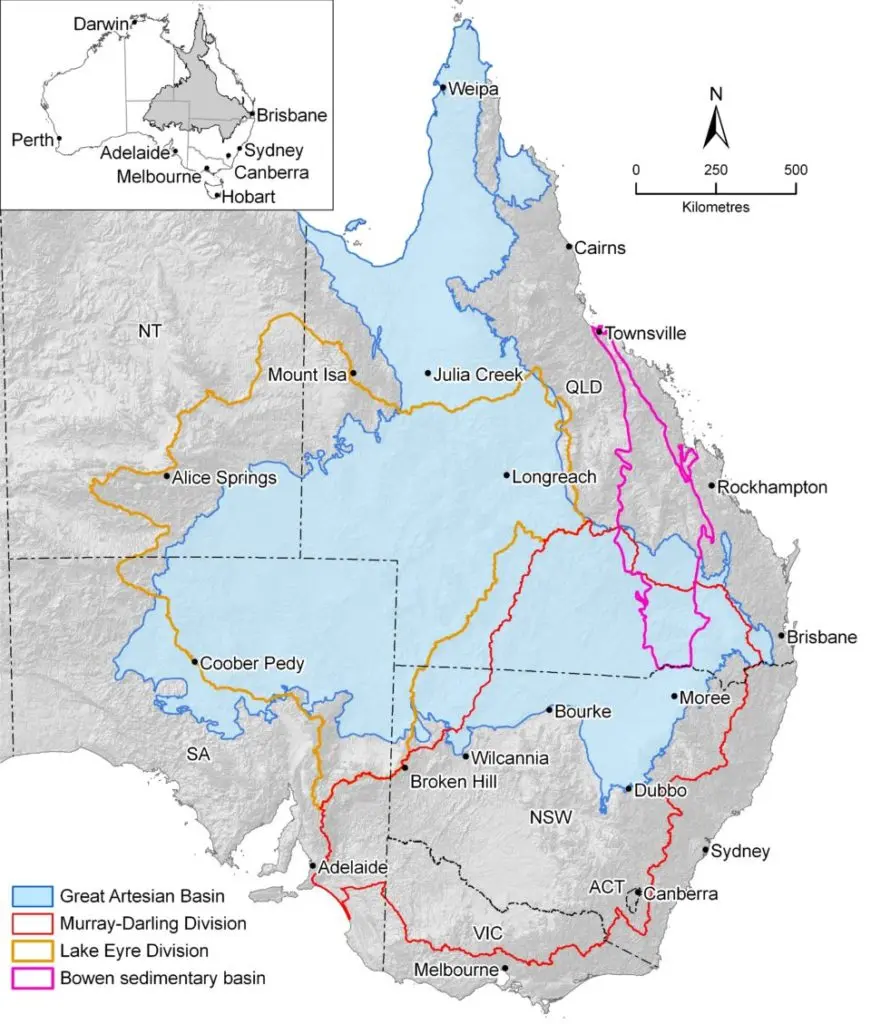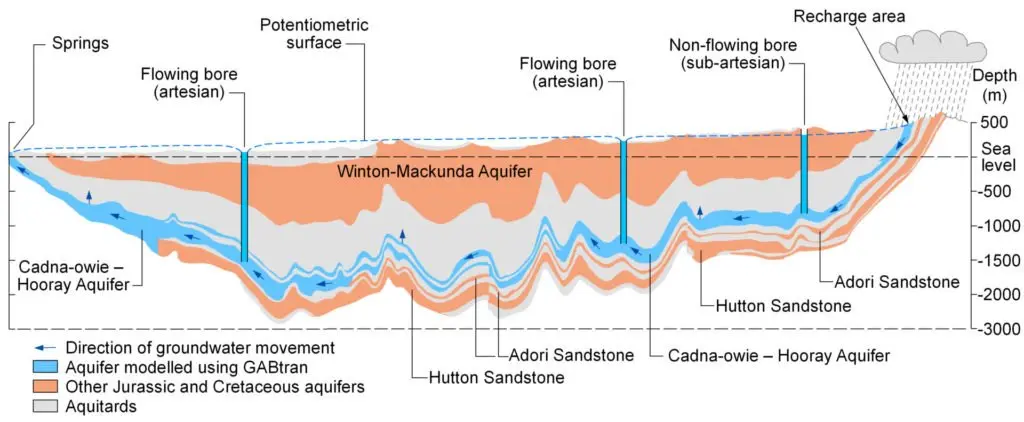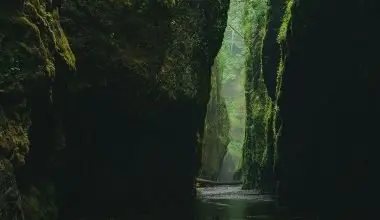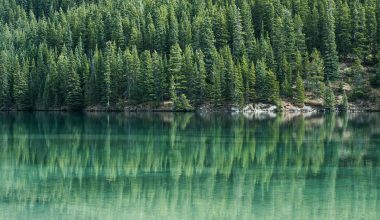What is The Great Artesian Basin (GAB)?
The Great Artesian Basin is located in Australia and is said to be the largest underground freshwater reservoir in the world. The basin is 22% of the continent of Australia, covering states and territories of Queensland, South Australia, New South Wales and the Northern territory.
History of GAB. How was Great
The basin was discovered during the European invasion in 1878 when a shallow bore sunk near Bourke, New South Wales and produced flowing water. This discovery and utilization of underground water led to the opening of thousands of square miles of country previously unavailable for activities. Similar discoveries were made in 1886 at Back Creek east of Barcaldine, and near Cunnamulla in 1887.
Importance of GAB
The GAB holds immense importance to Australia. Various rules and regulations have been put in place in order to protect the Great Artesian Basin. The Great Artesian Basin Coordinating Committee (GABCC) is concerned with the coordination of various activities in the region between government and community organizations.
Although the basin is very important, it still faces various environmental concerns related to coal seam gas drilling and hydraulic fracturing.
Facts about The Great Artesian Basin

Geographic extent of the Great Artesian Basin and selected overlying surface water drainage divisions (image credit: CSIRO 2011.)
1. Largest and Deepest Artesian Basin on the Planet
The Great Artesian is the largest and deepest basin in the world. It stretches over one million seven hundred thousand square kilometers (1,700,000 Km2) or six hundred and sixty thousand square miles (660,000 m2) with the temperature of the water staying between 86-212OF.
2. Enormous Water Content of up to 64000km³.
The Great Artesian Basin (GAB) is said to be 9,800ft deep at some locations and it is estimated to contain about 64,000 cubic kilometers (15,600 cubic mi) of groundwater. The basin underlies 22% of the continent as mentioned earlier as well.
3. The Physiography
The area of GAB is very unique as it has the physiography (Physical Geography) of provinces in larger East Australia Basin divisions and also includes the smaller Wilcannia Threshold physiographic section.
4. The Geology of GAB mostly consists of Sandstone
The water of the GAB was held within a sandstone layer being laid down by continental erosion of high ground in the periods of Triassic, Jurassic, and Cretaceous periods as far back as 130 million years ago. During this time much of inland Australia was below sea level. This tells us how the Great Artesian Basin was formed.

5. In some regions, it is the only source of Freshwater
The basin is the only source of freshwater to most of the country. The waters of the Great Artesian Basin are discharged through various springs mainly located in South Australia.
6. Extraction of 42 Million litres of Water Daily
The Olympic dam mine in South Australia is permitted to carry out extraction of 42 million liters of water daily from the GAB under the Roxby Downs act of 1982.
7. Large discharges of Water from boreholes
The Great Artesian Basin has more than 18,000 boreholes discharging more than 350,000,000 gallons (1,300,000,000 liters) of water daily. Sadly most of this water is lost through seepage and evaporation.
8. Groundwater in GAB is as old as 2 Million years!
GAB has groundwater that is said to be millions of years old. Determined using carbon-14 and chlorine-36 measurements with the combination of hydraulic modeling states that the groundwater is several thousands of years old in recharge areas near the north, whereas it’s nearly 2 million years old in the south-western discharge zones.
9. A Major Source of Geothermal Energy
The freshwater from the Great Artesian Basin is used by the geothermal station at Birdsville. This helps to produce electricity which in turn powers 25% of the town’s electricity requirements. Once the water is cooled, it can also act as a source of drinking water by the people of Birdsville.
10. Great Artesian Basin Coordinating Committee (GABCC)
GABCC is concerned with the management of the GAB. GABCC provides advice to the agencies and organizations to state, territory, and the government ministries of Australia. Their purpose is to keep the whole basin sustainable in terms of resource management, and to coordinate activities between various stakeholders.




